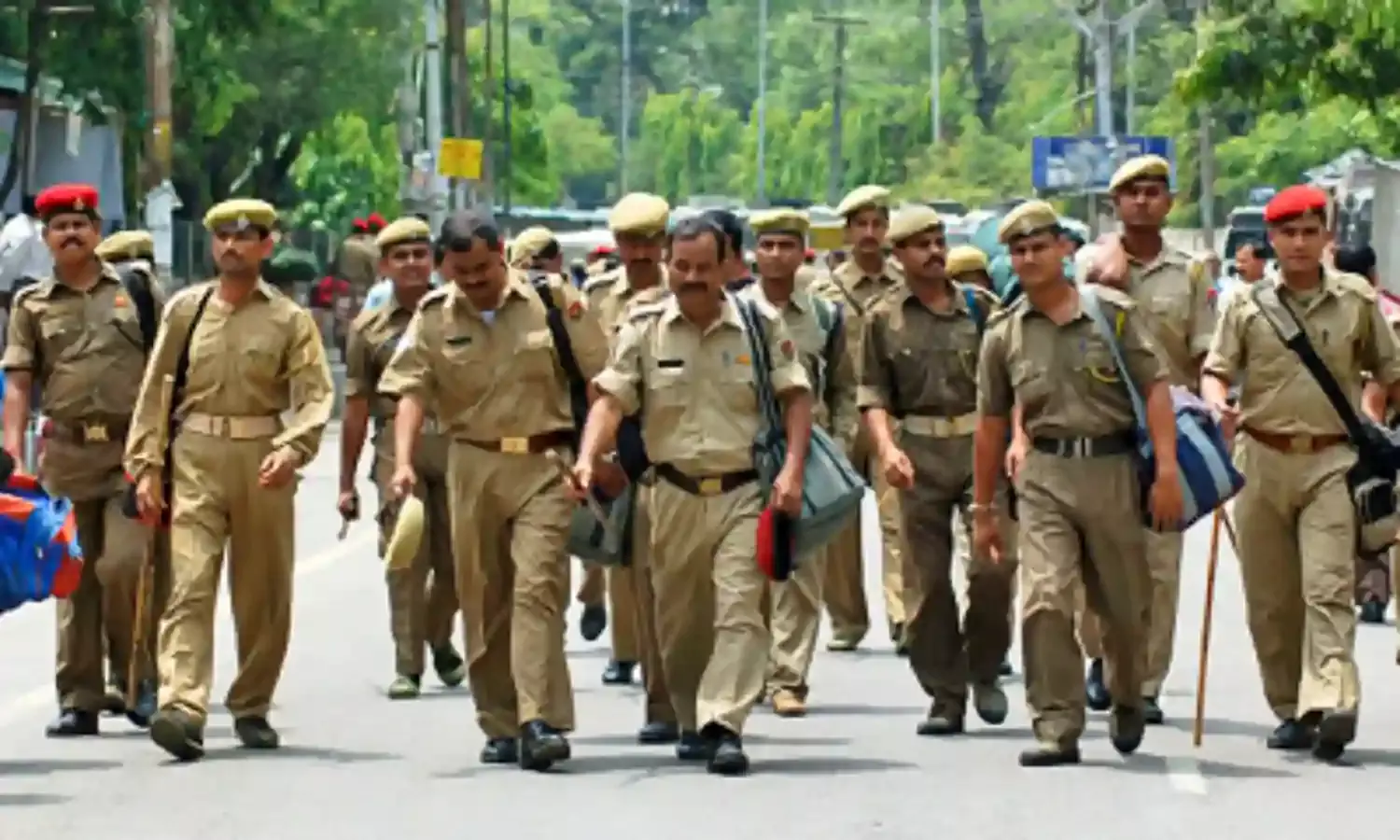Turmoil in Assam: Man Dies in Police Custody, Crowds Protest, Cops Open Fire, One More Killed
Several wounded in police firing, including 1n 18 year old girl

GUWAHATI: After the death of two persons – one shot dead and another in custody – the role of the police is being questioned in Assam.
One Hasen Ali whom the police arrested on the charge of possessing illegal arms, allegedly died in the custody of Dhula Police station in Darrang district, some 75 kilometres from the state capital.
Agitated villagers gathered in front of the police stationseeking justice for the ‘killing’. Gradually the number of the gathering increased and they were not ready to move away in spite of repeated directives from the cops and the administration.
The villagers alleged that Ali was tortured and killed in custody. His wife toldreporters, “The cops barged into our room late last night and dragged my husband by the collar. They were asking for some gun. Four of them pinned him to the ground, covered his mouth and kicked him repeatedly. They threatened me, told me not to make a noise and kicked me”.
The agitated mob started arguing with the police that resorted to a lathi charge. Tear gas shells were fired, according to an eye witness. The police then opened fire on the crowd.
One Mohidul Haque died after being hit by a bullet on the spot. Several others were wounded, including an 18-year girl.
“We had to impose curfew after a mob of 5,000 people turned violent and attacked police personnel in connection with the death of a person after he was apprehended by the police in the wee hours of Wednesday from a nearby village. One person was killed in police firing,” Darrang superintendent of police Sreejith Thiraviam told reporters.
At least six policemen including a deputy superintendent of police allegedly sustained injuries as the mob pelted stones at the police and the police station.
Now, after the curfew was imposed the situation is said to be under control.
The officer in charge Ranjit Hazarika who arrested Hasen Ali, has been placed under suspension immediately after the incident. Assam chief minister Sarbananda Sonowal has also expressed concern over the incident and ordered a high level inquiry. He asked additional chief secretary MGVK Bhanu to inquire into the incident and submit a report to the government regarding the incident at the earliest.
However, the incident has left several questions unanswered. Many expressed their fear that people in Assam have lost their rights to seek justice.
Abdul Kalam Azad, a research scholar, said that after similar incidents there has been an erosion of the faith and confidence of the common people on justice delivery system.
“More than the stories of fear and insecurity, which shocked me most was the erosion of their faith and confidence on justice delivery system. One of the students' leaders told me that the government has fixed a price for their lives… it’s Rs 5 lakh. Police or assassinators would trigger their bullets on the chest of the common protestors and the civil administration will prepare the cheque for their families. There is no question of justice,” said Kalam.
The state has witnessed several incidents of deaths either in police custody or in the name of mob control when the protestors have hit the streets.
At least two persons were killed when police opened fire at a mob at Kaziranga National Park following an eviction drive 2016. In the same year, yet another protestor was killed as they were on the national highway 37 protesting in demand of setting up AIIMS at Raha in Nagaon district.
In 2017, one Yakub Ali, aged 20, died in police firing in Goalpara district during a public rally to protest against the alleged inclusion of several Indian citizens in the D (doubtful)-voters list.
Hafiz Ahmed, president of Char Chapori Sahitya Parishad (CCSP), a literary body of the state, has said that it’s a failure of democracy in the state with every time people come on the street to stage protest, they are killed.
Angshuman Sarma, an activist, however, found a different angle in such kind of killings. He said that the recent incidents have revealed that police atrocities were more at the minority section of the people.
“See, we have seen people coming out in large numbers in several places on several occasions. But it’s significant to notice when they have opened fire. They are also aware of the fact even if a person of the minority community is killed the kind of punishment they would get is quite minimal. Unfortunately, this is the reality,” Angshuman told The Citizen.
(Cover Photograph representational image)



